Top Database Management Software Comparison
By Richard "Rick" Callahan | Published: 2025-03-14 | Category: Database Management Software
About Database Management Software
Database management software provides tools to create, manage, secure, and query databases, facilitating efficient data storage and retrieval. It enables organizations to organize and interact with their data effectively.
Scoring Criteria
- → Performance
- → Scalability
- → Security
- → Ease of Use
- → Features
- → Support
- → Pricing
The Best Database Management Software
 #10
#10
IBM Db2
By IBM
An enterprise-grade relational database management system from IBM offering advanced data management and analytics capabilities.
Platforms & Use Cases
Platforms: Linux, Unix, Windows, Mainframe (z/OS), Cloud
Best For: OLTP, Data Warehousing, AI Applications, Mainframe Systems, Hybrid Cloud
Key Features
- ✓BLU Acceleration: In-memory columnar technology for high-speed analytics. (High)
- ✓pureScale: Clustering technology for high availability and scalability, similar to Oracle RAC. (High)
- ✓AI Integration: Features designed to support AI development and data science workflows. (Standard)
- ✓Multi-Platform Support: Runs on a wide variety of platforms including mainframes. (High)
Scorecard (Overall: 7.7 / 10.0)
Pricing
Community Edition
Contact Vendor
- Core database features
- Resource limited
Limitations: Limited cores, memory, database size
Standard Edition
$-1.00 / contact_sales
- Core features for mid-size deployments
- Limited scalability options
Limitations: PVU/VPC based pricing
Advanced Edition
$-1.00 / contact_sales
- Full feature set including BLU, pureScale, replication
Limitations: Complex licensing, higher cost
Pros
- + Strong performance, especially for analytics (BLU)
- + Robust scalability and availability options (pureScale)
- + Excellent mainframe integration
- + Comprehensive feature set
Cons
- - Complex licensing and potentially high cost
- - Less widespread adoption compared to Oracle/SQL Server/Postgres
- - Steeper learning curve
Verdict
"A powerful and feature-rich enterprise database, particularly strong in large IBM environments and analytics workloads, though complexity and cost are factors."
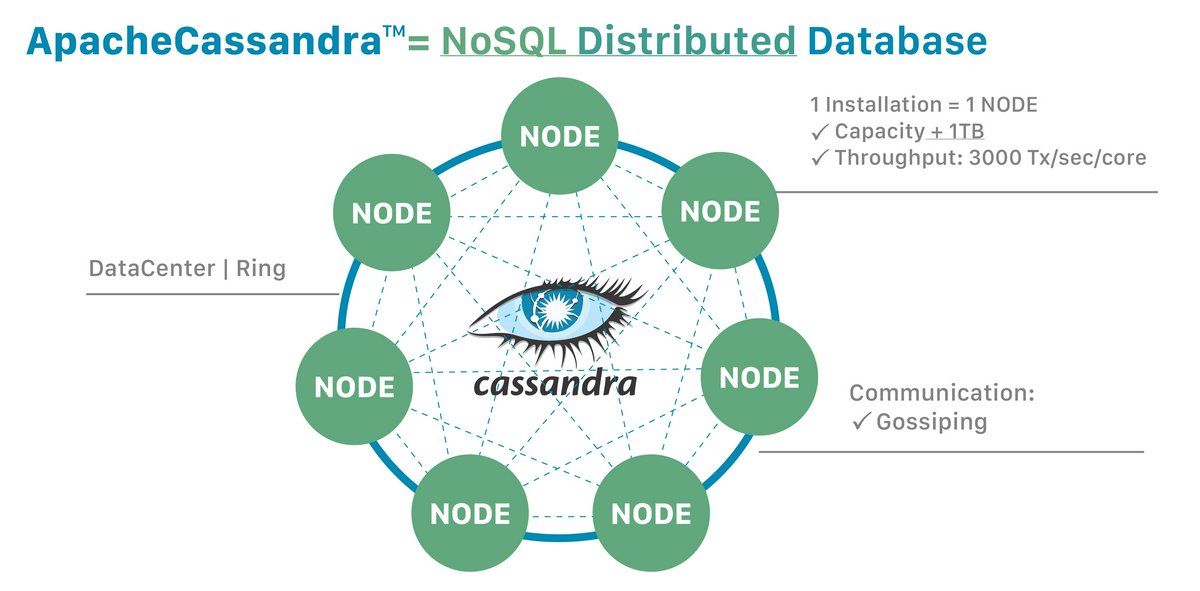 #9
#9
Cassandra
By Apache Software Foundation
An open-source, distributed, wide-column store NoSQL database designed for high availability and scalability without compromising performance.
Platforms & Use Cases
Platforms: Linux, Windows, macOS
Best For: Big Data Applications, IoT Data Storage, Write-Heavy Workloads, Multi-Datacenter Deployments
Key Features
- ✓Distributed Architecture: Peer-to-peer design with no single point of failure. (High)
- ✓Linear Scalability: Performance scales linearly as new nodes are added. (High)
- ✓Tunable Consistency: Allows configuring consistency levels per-query. (Standard)
- ✓High Availability: Data is automatically replicated to multiple nodes for fault tolerance. (High)
Scorecard (Overall: 7.4 / 10.0)
Pricing
Open Source
Contact Vendor
- Full feature set
- Community support
Limitations: Complex to manage and tune, Requires significant operational expertise
Pros
- + Massive scalability and high availability
- + Excellent write performance
- + No single point of failure architecture
- + Good for geographically distributed data
Cons
- - Complex to operate and maintain
- - Eventual consistency can be challenging
- - Limited ad-hoc query capabilities compared to SQL
- - Requires careful data modeling
Verdict
"A powerhouse for extremely large datasets and high-write scenarios demanding continuous availability, but requires significant operational investment."
 #8
#8
SQLite
By D. Richard Hipp / Public Domain
A C-language library that implements a small, fast, self-contained, high-reliability, full-featured, SQL database engine.
Platforms & Use Cases
Platforms: Linux, Windows, macOS, iOS, Android, Embedded
Best For: Embedded Systems, Mobile Applications, Desktop Applications, Simple Web Applications, Caching
Key Features
- ✓Serverless: The database engine runs within the application process, no separate server. (High)
- ✓Self-Contained: Requires minimal support from the operating system or external library. (High)
- ✓Transactional: Fully ACID compliant, even through system crashes and power failures. (High)
- ✓Single File Database: An entire database is stored in a single cross-platform disk file. (High)
Scorecard (Overall: 6.9 / 10.0)
Pricing
Public Domain
Contact Vendor
- Full feature set
Limitations: Not suitable for high-concurrency write scenarios, No client-server architecture
Pros
- + Incredibly simple to deploy and use
- + Zero configuration required
- + Highly reliable and atomic transactions
- + Excellent for single-user or low-concurrency applications
Cons
- - Not designed for client/server applications
- - Limited scalability for high-write workloads
- - No built-in user management
Verdict
"The perfect choice for embedded systems, mobile apps, and situations needing a simple, reliable, file-based relational database without a server."
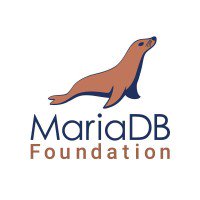 #7
#7
MariaDB
By MariaDB Corporation / MariaDB Foundation
A community-developed, commercially supported fork of the MySQL relational database management system.
Platforms & Use Cases
Platforms: Linux, Windows, macOS, Cloud
Best For: Web Applications, OLTP Systems, MySQL Replacement, Data Warehousing (ColumnStore)
Key Features
- ✓Storage Engines: Includes InnoDB, MyRocks, Aria, and ColumnStore (for analytics). (High)
- ✓Enhanced Performance: Features like thread pooling (in Enterprise) and optimizer improvements over MySQL. (Standard)
- ✓Compatibility: Designed as a drop-in replacement for MySQL. (High)
- ✓Galera Cluster: Support for multi-master synchronous replication. (Standard)
Scorecard (Overall: 7.9 / 10.0)
Pricing
Community Server
Contact Vendor
- Core database features
- Community support
Limitations: No enterprise features or vendor support
Enterprise Server (Subscription)
$-1.00 / contact_sales
- Includes MaxScale (proxy), enterprise plugins, technical support, consulting
Limitations: Requires subscription
Pros
- + High compatibility with MySQL
- + Truly open-source governance (foundation)
- + More storage engine options
- + Active development community
Cons
- - Ecosystem slightly smaller than MySQL
- - Enterprise features require paid subscription
- - Some advanced features may lag behind MySQL Enterprise
Verdict
"A compelling open-source alternative to MySQL, offering greater storage engine flexibility and a commitment to open development, suitable for similar workloads."
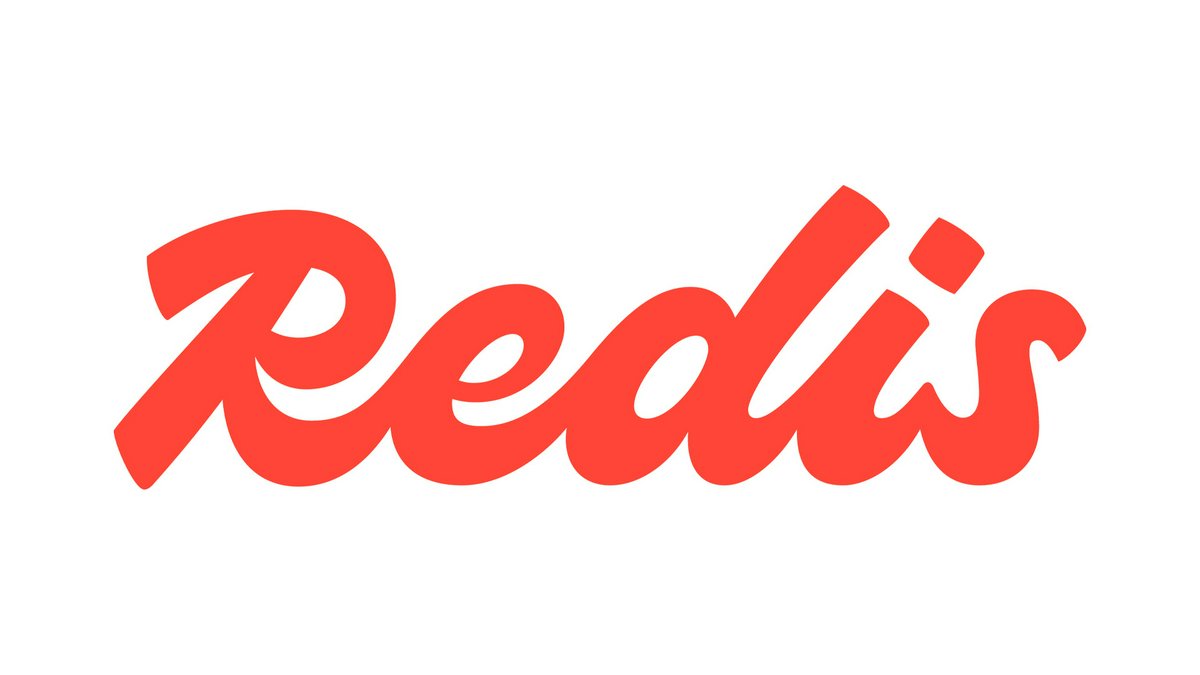 #6
#6
Redis
By Redis Ltd.
An open-source, in-memory data structure store, used as a database, cache, and message broker.
Platforms & Use Cases
Platforms: Linux, macOS, Windows (Unofficial/WSL), Cloud
Best For: Caching, Session Management, Real-time Analytics, Leaderboards, Message Queuing
Key Features
- ✓In-Memory Storage: Provides extremely fast read and write operations. (High)
- ✓Data Structures: Supports strings, hashes, lists, sets, sorted sets, bitmaps, hyperloglogs, geospatial indexes. (High)
- ✓Persistence Options: Offers RDB (snapshotting) and AOF (append-only file) persistence. (Standard)
- ✓Pub/Sub Messaging: Built-in publish/subscribe messaging capabilities. (Standard)
Scorecard (Overall: 7.9 / 10.0)
Pricing
Open Source
Contact Vendor
- Core Redis features
- Community support
Limitations: Self-managed
Redis Enterprise Cloud
Contact Vendor
- Managed service, high availability, enhanced security, support
- Free tier available
Limitations: Costs scale with usage and features
Redis Enterprise Software
$-1.00 / contact_sales
- Self-hosted enterprise version with advanced capabilities and support
Limitations: Requires license
Pros
- + Blazing fast performance
- + Versatile data structures
- + Simple commands and easy to use
- + Excellent for caching and session management
Cons
- - Primarily RAM-bound, can be expensive at scale
- - Persistence options can impact performance
- - Basic security features in open-source version
Verdict
"The go-to solution for high-performance caching and in-memory data storage, offering speed and flexibility for specific use cases."
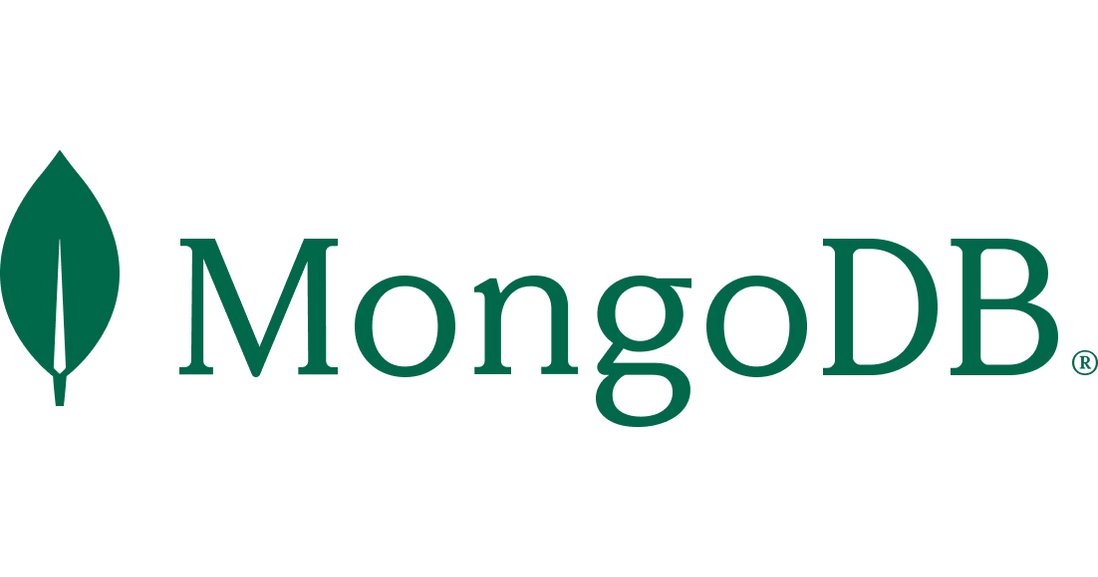 #5
#5
MongoDB
By MongoDB Inc.
A leading source-available, cross-platform document-oriented NoSQL database program.
Platforms & Use Cases
Platforms: Linux, Windows, macOS, Cloud (Atlas)
Best For: Big Data, Content Management, Mobile Apps, Real-time Analytics, IoT
Key Features
- ✓Document Data Model: Stores data in flexible, JSON-like BSON documents. (High)
- ✓Dynamic Schemas: Allows flexible and evolving data structures without predefined schemas. (High)
- ✓Horizontal Scalability: Built-in sharding distributes data across multiple servers. (High)
- ✓Rich Query Language: Supports ad-hoc queries, indexing, and real-time aggregation. (Standard)
Scorecard (Overall: 7.7 / 10.0)
Pricing
Community Server
Contact Vendor
- Core NoSQL database features
- Community support
Limitations: Self-managed, no enterprise security/management tools
Enterprise Advanced
$-1.00 / contact_sales
- Advanced security, auditing, management tools, Kubernetes integration, commercial support
Limitations: Requires subscription
Atlas (Cloud)
Contact Vendor
- Managed service, free tier available, pay-as-you-go, serverless options
Limitations: Free tier is limited; costs scale with usage
Pros
- + Flexible schema allows rapid development
- + Excellent horizontal scalability
- + Easy to get started
- + Strong performance for document-centric workloads
Cons
- - Not ACID compliant by default across shards (though improving)
- - Less mature for complex relational joins
- - Can require more careful data modeling for performance
Verdict
"A leading NoSQL database, ideal for applications requiring flexible data models, high scalability, and rapid development cycles."
 #4
#4
MySQL
By Oracle (Community/Enterprise)
The world's most popular open-source relational database, widely used for web applications.
Platforms & Use Cases
Platforms: Linux, Windows, macOS, Unix, Cloud
Best For: Web Applications, Content Management Systems, E-commerce Platforms, General Purpose OLTP
Key Features
- ✓Storage Engine Architecture: Pluggable storage engines like InnoDB (ACID) and MyISAM (Read-heavy). (Standard)
- ✓Replication: Built-in support for various replication topologies for scalability and HA. (Standard)
- ✓Performance Schema: Tools for monitoring server execution at a low level. (Standard)
- ✓JSON Support: Functionality for working with JSON documents. (Standard)
Scorecard (Overall: 7.7 / 10.0)
Pricing
Community Edition
Contact Vendor
- Core database features
- Community support
Limitations: No advanced features like Thread Pool, Enterprise Monitor, Backup
Standard Edition
$2000.00 / annual_subscription
- Includes Enterprise Monitor, Query Analyzer
Limitations: Limited features compared to EE
Enterprise Edition
$5000.00 / annual_subscription
- Includes all features: Enterprise Backup, Security, Scalability, HA tools
Limitations: Subscription cost
Pros
- + Extremely popular and widely supported
- + Easy to set up and use
- + Good performance for web workloads
- + Strong ecosystem and community
Cons
- - Advanced features often require Enterprise Edition
- - Less feature-rich than PostgreSQL out-of-the-box
- - Owned by Oracle, causing some community concern
Verdict
"A solid, easy-to-use, and widely adopted open-source database, especially dominant in web development, though advanced enterprise features come at a cost."
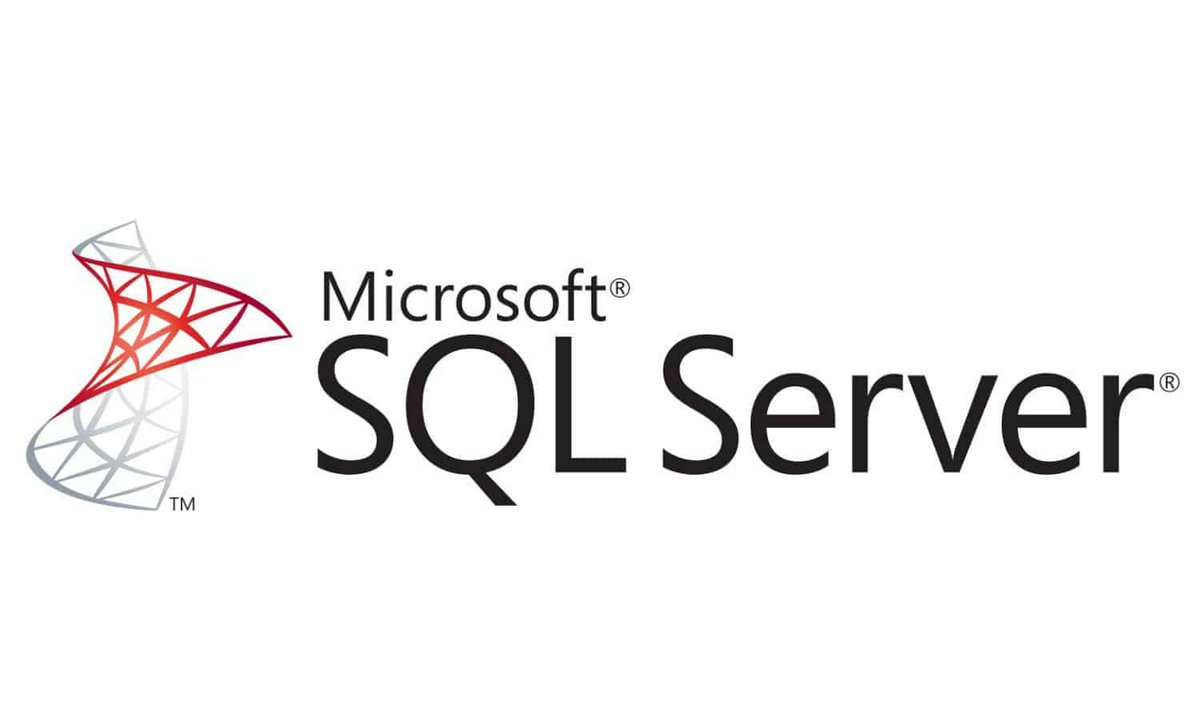 #3
#3
Microsoft SQL Server
By Microsoft
A comprehensive relational database management system from Microsoft, tightly integrated with Windows and Azure.
Platforms & Use Cases
Platforms: Windows, Linux, Cloud (Azure)
Best For: Enterprise Applications, Business Intelligence, Data Warehousing, Web Applications
Key Features
- ✓Business Intelligence Tools: Integration with SSIS, SSAS, SSRS for ETL, analytics, and reporting. (High)
- ✓Always On Availability Groups: Provides high availability and disaster recovery capabilities. (High)
- ✓Columnstore Indexes: Optimized for data warehousing and analytics workloads. (High)
- ✓Advanced Security: Features like Always Encrypted, row-level security, and dynamic data masking. (High)
Scorecard (Overall: 8.1 / 10.0)
Pricing
Express
Contact Vendor
- Basic database engine
- Resource limited
Limitations: Limited compute, memory, database size
Standard
$3586.00 / per_core_license
- Core RDBMS features
- Basic HA/DR
- Basic BI
Limitations: Limited compute capacity, Fewer advanced features
Enterprise
$13748.00 / per_core_license
- Full feature set
- Advanced HA/DR
- Advanced BI
- Maximum performance and scale
Limitations: Highest cost
Pros
- + Excellent performance and scalability
- + Strong BI and analytics integration
- + Comprehensive feature set
- + Good tooling and documentation
Cons
- - High licensing costs for Enterprise Edition
- - Primarily focused on Windows/Azure ecosystem
- - Can be complex to manage
Verdict
"A top-tier RDBMS, particularly strong within the Microsoft ecosystem, offering powerful BI capabilities and robust performance for enterprise workloads."
 #2
#2
PostgreSQL
By PostgreSQL Global Development Group
A powerful, open-source object-relational database system known for its reliability, feature robustness, and extensibility.
Platforms & Use Cases
Platforms: Linux, Windows, macOS, Unix, Cloud
Best For: Web Applications, Data Warehousing, Geospatial Data, General Purpose OLTP, Development
Key Features
- ✓ACID Compliance: Ensures transactional integrity and reliability. (High)
- ✓Extensibility: Supports custom functions, data types, operators, and index methods. (High)
- ✓JSON Support: Robust support for storing and querying JSON/JSONB data. (High)
- ✓Concurrency Control (MVCC): Handles multiple transactions simultaneously without read locks. (High)
Scorecard (Overall: 8.1 / 10.0)
Pricing
Open Source
Contact Vendor
- Full feature set
- Community support
Limitations: No vendor support unless through third parties
Pros
- + Completely free and open-source
- + Highly extensible and standards-compliant
- + Strong community support
- + Robust feature set rivaling commercial DBs
Cons
- - Performance tuning can be complex
- - Read scalability sometimes requires third-party tools
- - No single vendor for official support
Verdict
"An outstanding open-source RDBMS, offering enterprise-grade features and reliability without licensing costs, making it ideal for a wide range of applications."
View Top Ranked Software
Watch a short ad to unlock the details for the #1 ranked software.
 #1
#1
Oracle Database
By Oracle
A comprehensive, multi-model relational database management system known for high performance, scalability, and robust features.
Platforms & Use Cases
Platforms: Linux, Windows, Unix, Cloud
Best For: OLTP, OLAP, Data Warehousing, Enterprise Applications, Cloud Services
Key Features
- ✓Real Application Clusters (RAC): Provides high availability and scalability by clustering multiple servers. (High)
- ✓Advanced Security Options: Includes features like Transparent Data Encryption, Audit Vault, and Database Firewall. (High)
- ✓Multitenant Architecture: Allows multiple pluggable databases within a single container database, improving resource utilization. (Standard)
- ✓In-Memory Database: Speeds up analytics and mixed workloads by holding data in memory. (High)
Scorecard (Overall: 8.3 / 10.0)
Pricing
Express Edition (XE)
Contact Vendor
- Basic functionality
- Resource limited
Limitations: Limited CPU, RAM, and storage
Standard Edition 2 (SE2)
$17500.00 / per_processor_license
- Core RDBMS features
- Basic replication
Limitations: Limited server size
Enterprise Edition (EE)
$47500.00 / per_processor_license
- All features including RAC, Partitioning, Advanced Security
Limitations: Requires additional option licenses for some features
Pros
- + Unmatched performance and scalability
- + Comprehensive feature set for enterprise needs
- + Strong security features
- + Excellent vendor support
Cons
- - Very high licensing costs
- - Complex administration and setup
- - Vendor lock-in potential
Verdict
"The gold standard for demanding, large-scale enterprise deployments where performance and features justify the high cost."

Final Thoughts
The database management landscape offers diverse solutions, from powerful commercial RDBMS like Oracle and SQL Server to versatile open-source options like PostgreSQL and MySQL, flexible NoSQL databases like MongoDB, high-performance caches like Redis, and specialized tools like SQLite. Selection depends heavily on specific requirements for performance, scalability, data model flexibility, budget, and operational expertise.